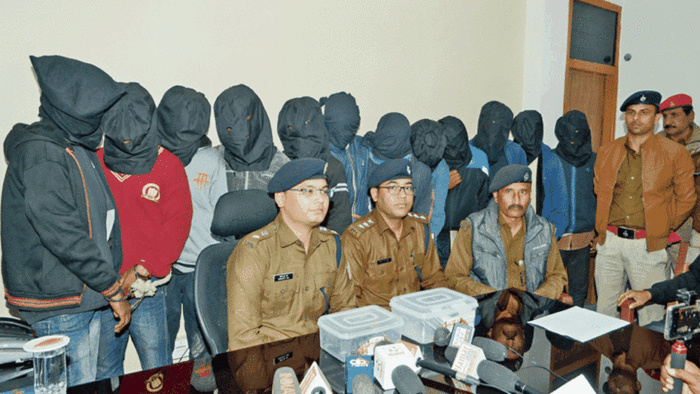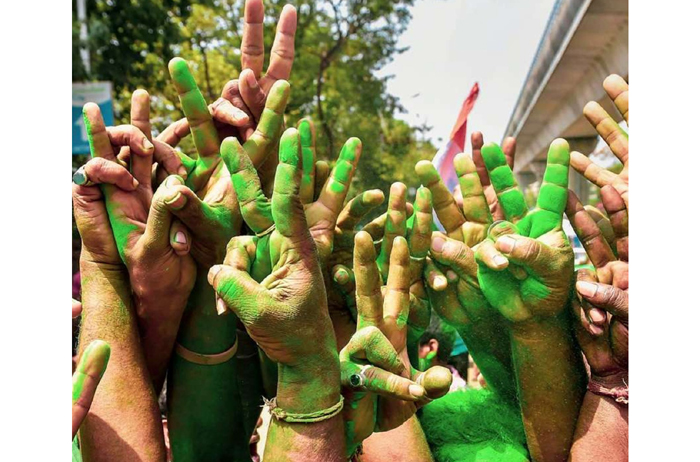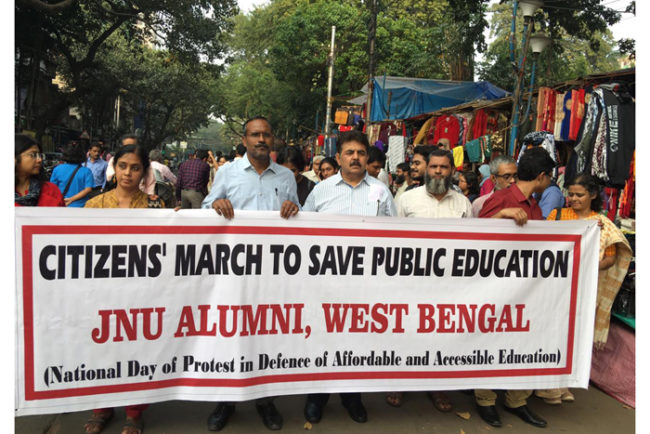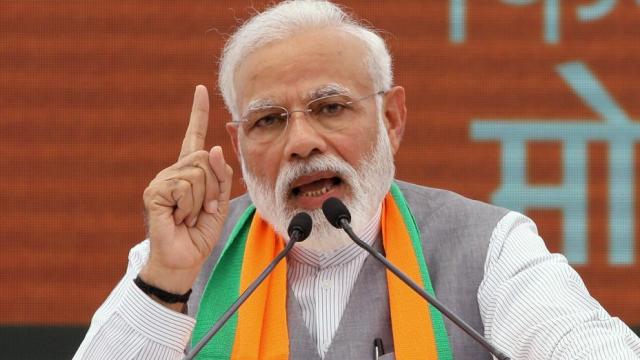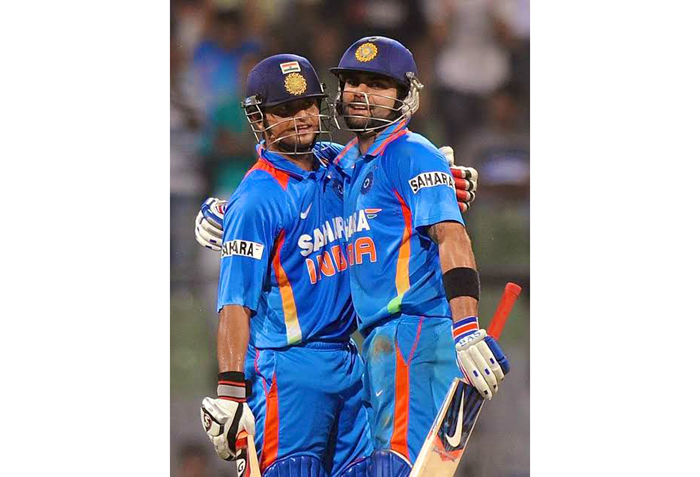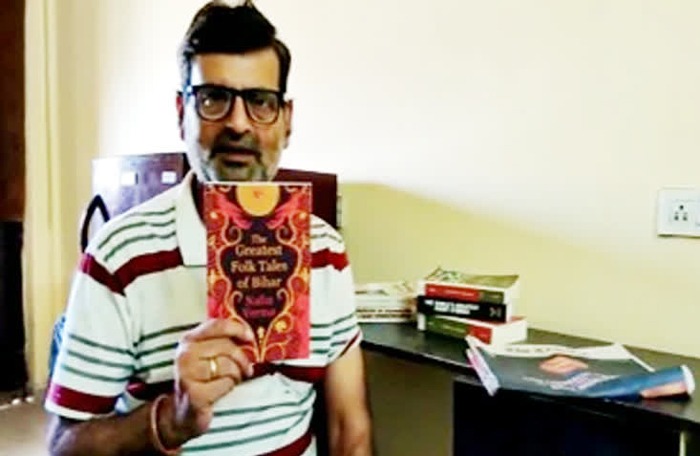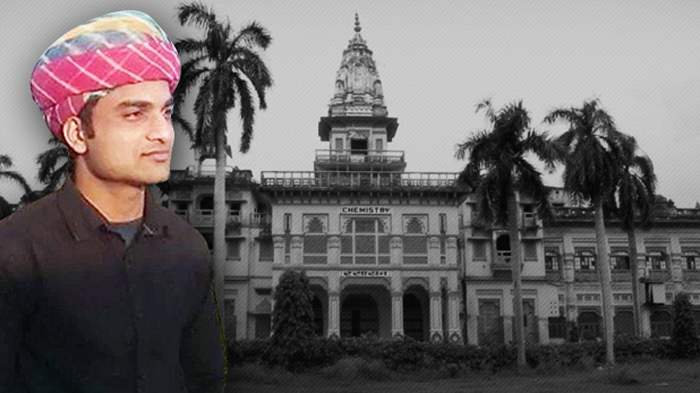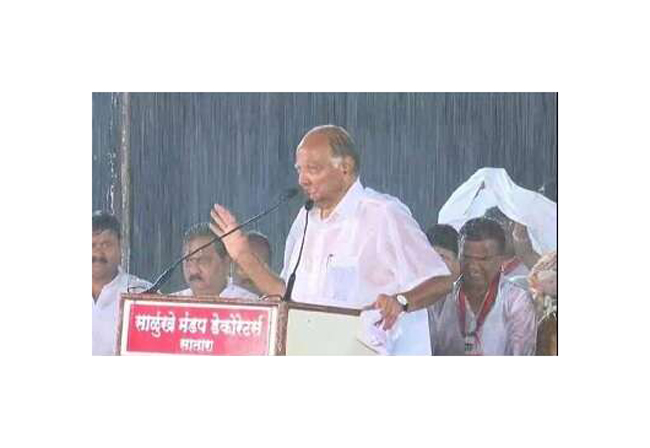Shillong: As the political game over NRC (National Register for Citizens) and CAB (Citizenship Amendment Bill) hots up, apprehensions about the exercises are growing among people. While the indigenous groups in the Northeast are crying for NRC in their respective states, most of the other communities are asking for a “genuine” and “transparent” process. Some are rejecting NRC altogether.
The non-tribal population in the Northeast constitutes a substantial number of Bengalis, especially in Assam, Meghalaya and Tripura, the last consisting of a major chunk of Bengali Hindus that is 60 per cent of the population.
Citizenship issue in Northeast
The final NRC list in Assam that was published in August this year left out around 12 lakh Hindus and Bengali Hindus, which formed a major vote bank for the BJP. The repercussions were felt not only in Assam but also in West Bengal.
Now that the Centre has announced a nationwide NRC, which will include Assam, the Bengali population has welcomed the move.
“The names of many Bengali Hindus have been left out in the final NRC list. We do not consider the NRC process as valid as genuine citizens have been ignored. So we welcome the decision for a fresh NRC procedure,” said Sukumar Biswas, the chief of Assam Bengali Juva Chhatra Federation.
Naba Bhattacharya, a prominent resident of Shillong, feels NRC is good if done with proper intervention. Criticising the exercise in Assam for its “loopholes”, Bhattacharya said over 19 lakh people have been left out and there is “a complete policy paralysis (in tackling the situation) and everyone is silent”.
According to Biswas, 99 per cent Bengali’s living in the Northeast came before 1971, the cutoff year for NRC in Assam. “So if the NRC is carried out afresh and genuinely, then they (the Bengali’s in Northeast) will not be affected. In Tripura too, there should not be any problem. However, if the intention is to exclude Bengalis in the list, then that is a different matter. But in places in Meghalaya and Arunachal Pradesh, there can be some problems because locals there are staunch,” he added.
A Bengali resident of Shillong spoke to eNewsroom on condition of anonymity said that the community faced much hatred in the hill city in the past and with NRC, it may again escalate. He shared Biswas’s apprehension that though genuine Bengali settlers have documents, “It all depends on how the process will be carried out”.
Naba Bhattacharya, a prominent resident of Shillong, feels NRC is good if done with proper intervention. Criticising the exercise in Assam for its “loopholes”, Bhattacharya said over 19 lakh people have been left out and there is “a complete policy paralysis (in tackling the situation) and everyone is silent”.
“The indigenous groups in the neighbouring northeastern states have valid reason to be apprehensive because there is a possibility of these people (left out of the NRC list) moving into the NE states than going to the mainland. But the government is silent about the issue. Unless this is sorted out the apprehensions will continue to grow,” he said and called for transparency in the fresh NRC process.
The non-tribal population in the region also consists of over 20 lakh Nepalese as per the 2011 census. In Meghalaya, the number is around 60,000. The community had, in the past, faced the wrath of local tribals. So will the community be targeted again if NRC is implemented in the state?
BB Chhetri, the president of Gorkha Public Panchayat Khasi Hills, rejected the possibility saying, “There is no problem for the Nepalese… They are not infiltrators. They have been staying here for over a century. Also, the India-Nepal Treaty of 1950 allows them to come to the country without passport. We (those who are staying here for long) are the citizens of India.”
“If you do the exercise on the basis of 1948 or 1951, then how can people produce documents? At that time, people did not preserve land documents. Now, 75 years down the line, how can those who could not or did not possess documents but who are descendants of the settlers before the cutoff year, prove they are citizens,” Chakma asked.
The Gorkhas in Nagaland recently raised their voices against the state government’s decision to implement Register of Indigenous Inhabitants of Nagaland (RIIN) with cutoff year as 1963. The Nagaland Gorkha Association requested the government to not verify permanent status of a person based on the 1963 voters’ list as it would completely omit the community. The association explained that though the community came before 1963, the first election in the areas of their settlement was held only in 1974.
When asked whether the Gorkha population would be affected by either NRC or RIIN in Nagaland, Chhetri said, “The Gorkhas there are staying from before 1940, they are equivalent to Nagas. They have been allowed to settle there.”
For Suhas Chakma, director of Rights and Risks Analysis Group (RRAG), a New Delhi-based independent think tank, the NRC exercise is banal because “it is crazy to ask people to prove their citizenship after so many decades”.
The BJP has claimed that the Citizenship Amendment Bill will help those left out of the final NRC list. A report by RRAG, has countered it saying “CAB will provide citizenship by naturalisation to people belonging to minority communities from Afghanistan, Bangladesh and Pakistan but the Gorkhas, Scheduled Tribes, Bhojpuri, Koch Rajbongshi, Tea Tribes cannot claim to have migrated from these countries and therefore, they are not covered under the CAB”.
“If you do the exercise on the basis of 1948 or 1951, then how can people produce documents? At that time, people did not preserve land documents. Now, 75 years down the line, how can those who could not or did not possess documents but who are descendants of the settlers before the cutoff year, prove they are citizens,” Chakma asked.
Under Article 6 of the Constitution, the cut-off date for migration to India from Pakistan is July 19, 1948.
The 19 lakh & CAB
The BJP has claimed that the Citizenship Amendment Bill will help those left out of the final NRC list. A report by RRAG, has countered it saying “CAB will provide citizenship by naturalisation to people belonging to minority communities from Afghanistan, Bangladesh and Pakistan but the Gorkhas, Scheduled Tribes, Bhojpuri, Koch Rajbongshi, Tea Tribes cannot claim to have migrated from these countries and therefore, they are not covered under the CAB”.
The only hope for those stuck in the citizenship imbroglio is the fresh exercise that will be implemented nationally.
When asked whether the CAB will benefit the Chakmas, most of whom are Buddhists, Chakma said the members of the community migrated to India in 1964 and they are already citizens.
“But due to act of discrimination etc, the Government of India does not process the citizenship applications of the Chakmas… in the last four years, none of the citizenship applications from the community has been processed despite a Supreme Court order. Nobody opposes the applications of Pakistani Hindus, who came to India from 1965. So what is BJP talking about protecting or respecting law or the Constitution. They did not even respect the Supreme Court order,” he added.
The dichotomy between NRC, which is to identify foreigners and deport them, and CAB, which promises citizenship to Hindus from certain countries, is making the situation even more complex. “Why do (you have to do) NRC at all when you have to bring CAB,” wondered Bhattacharya.
Union minister Kiren Rijiju said in 2017 the Centre could not grant citizenship to Chakma-Hajongs in Arunachal Pradesh as per the Supreme Court order of 2015 because that would reduce the indigenous community to a minority. The Centre had sought modification in the apex court order.
There are 2.25 lakh Chakmas in the Northeast with Mizoram and Arunachal Pradesh having the maximum number. Talking about the apprehensions in Arunachal Pradesh, Chakma said the population of his community in the state is only 50,000 and the state government’s claim that there were a lakh of Chakmas is nonsense.
When asked about the “alarming growth of Chakmas in Arunachal Pradesh” as pointed out by indigenous groups, he said according to a study, the population growth of Chakmas since 1964 is 217 per cent while that of the tribals was 218 per cent.
The dichotomy between NRC, which is to identify foreigners and deport them, and CAB, which promises citizenship to Hindus from certain countries, is making the situation even more complex. “Why do (you have to do) NRC at all when you have to bring CAB,” wondered Bhattacharya.
Chakma gave a picture of the chaos that the country is awaiting. “When you ask millions of people to apply for citizenship, then it is only hogwash. Can you imagine millions of people submitting the forms with documents?”


